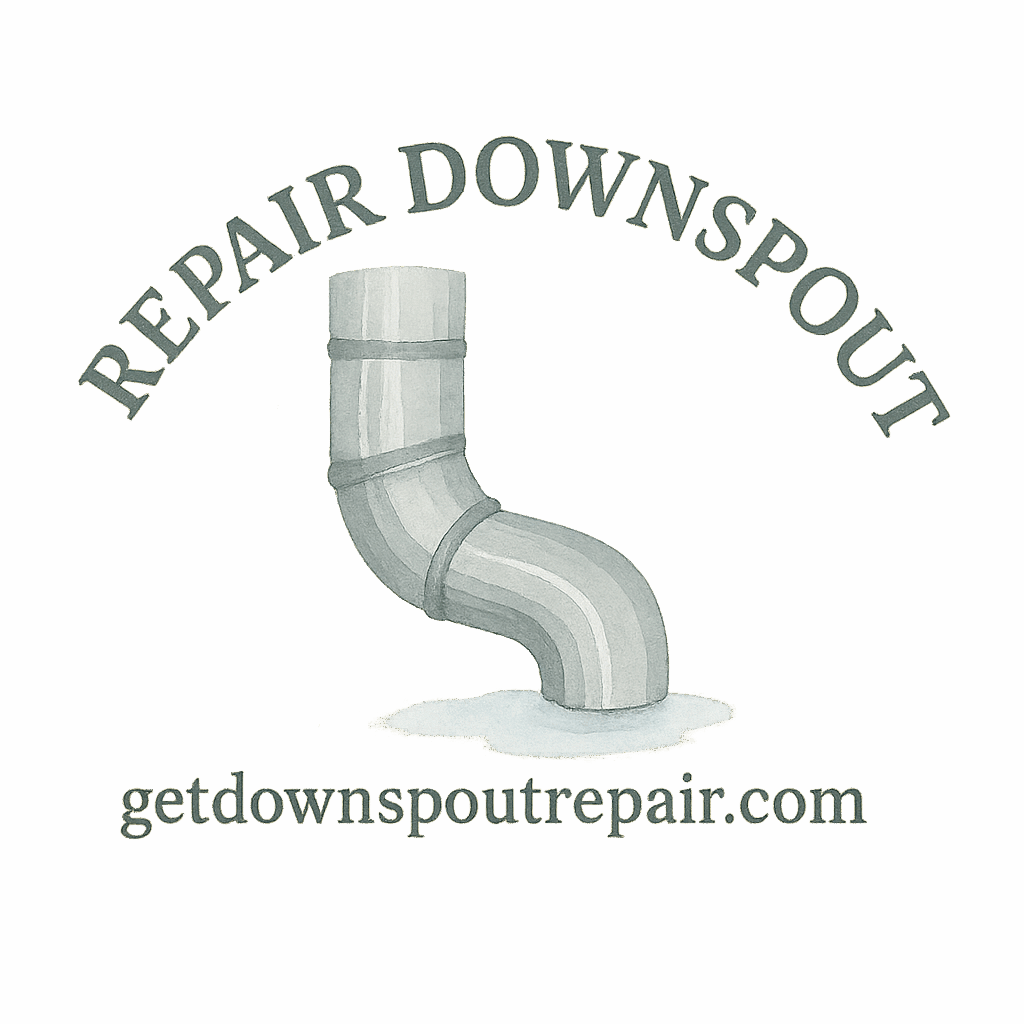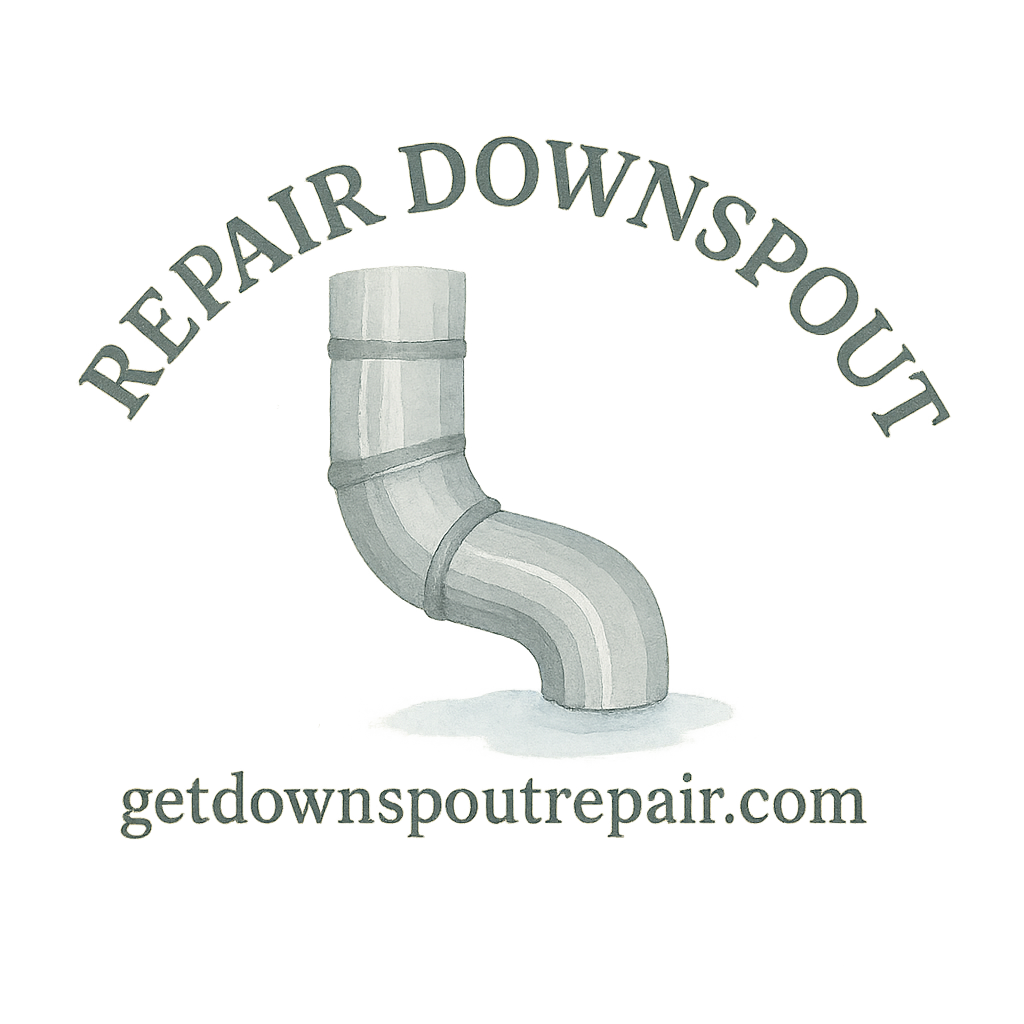Introduction
If you’ve ever walked outside after a heavy rainstorm and noticed water pooling around your foundation, chances are your vinyl gutters or downspouts aren’t doing their job. The good news? You don’t always need a contractor to fix it. With some basic tools and a little time, you can tackle most DIY downspout repair solutions for vinyl gutters on your own.
In this guide, we’ll cover 11 practical, budget-friendly fixes that protect your home from costly water damage while extending the life of your gutter system.
Why Downspout Repair Matters
Protecting Your Home from Water Damage
Think of downspouts as the veins of your home’s drainage system. If they’re clogged, cracked, or loose, rainwater won’t flow where it should. Instead, it can seep into your basement, erode your foundation, and even damage landscaping.
Avoiding Costly Professional Repairs
Hiring a contractor is always an option, but why spend hundreds of dollars on something you can do yourself in an afternoon? Many of these fixes require simple tools you probably already own. For more on costs, check out downspout repair costs and materials.
Tools and Materials You’ll Need
Essential DIY Downspout Tools
Before starting, gather a few basics:
- Screwdriver or drill
- Ladder
- Hacksaw (for trimming vinyl)
- Putty knife
- Rubber mallet
- Work gloves
More tool suggestions can be found in this DIY repair tools guide.
Affordable Repair Materials
Stock up on:
- Vinyl sealant or caulk
- Brackets and screws
- Patch kits
- Splash blocks
- Extension tubes
For budget tips, visit budget-friendly repair solutions.
11 DIY Downspout Repair Solutions for Vinyl Gutters
1. Reattaching Loose Downspouts
A common issue with vinyl gutters is downspouts pulling away from the wall. All you need is a new bracket and screws to secure them. Be sure not to overtighten—vinyl can crack.
2. Fixing Cracks with Sealant
Hairline cracks may not look dangerous, but they allow leaks. Apply a generous bead of vinyl-friendly sealant to stop water from escaping.
3. Replacing Broken Elbows
Elbows redirect water flow, and when they break, your system loses efficiency. Measure the existing piece and swap it out with a new vinyl elbow from your hardware store.
4. Securing Downspouts with Brackets
If your downspout rattles in the wind, install extra brackets. Spacing them every 4–5 feet keeps the structure stable.
5. Clearing Clogs from Debris
Leaves, twigs, and even bird nests can block downspouts. Use a plumber’s snake or garden hose to flush them out. More on this in our clog prevention guide.

6. Adjusting the Slope for Better Drainage
Downspouts won’t work if the slope is off. Check that water flows smoothly by running a hose through the system and adjusting brackets as needed.
7. Extending Downspouts Away from the Foundation
Extensions direct water farther from your home, reducing foundation risks. You can use vinyl extenders or flexible drainage pipes. See drainage protection tips.
8. Repairing Leaks at Joints
Joints are notorious weak points. Clean the area thoroughly, apply sealant, and clamp until dry.
9. Reinforcing Vinyl with Patch Kits
For larger holes, patch kits are a lifesaver. Cut the patch to size, apply adhesive, and press firmly over the damage.
10. Installing Splash Blocks or Drainage Extensions
Splash blocks are simple yet powerful. Place them under the end of downspouts to prevent erosion and puddling.
11. Preventing Future Damage with Guards
Why repair when you can prevent? Installing gutter guards keeps debris out, making clogs far less likely. Learn more in our gutter cleaning and protection guide.
Common Downspout Repair Mistakes to Avoid
Using the Wrong Sealant
Not all caulks are created equal. Always choose a sealant labeled for vinyl and outdoor use.
Ignoring Regular Cleaning
Even the best repair won’t last if your gutters stay clogged. Clean at least twice a year.
Over-Tightening Brackets
Vinyl cracks easily. Tighten screws until snug but don’t force them.
Safety Tips for DIY Downspout Repairs
Ladder Safety
Always place your ladder on level ground and never overreach.
Protective Gear
Gloves and safety glasses protect from sharp edges and debris.
When to Call a Professional
Signs You Need Expert Help
If your gutters are sagging, multiple sections are cracked, or water is backing up into your home, it’s time for expert repair.
Benefits of Hiring a Licensed Contractor
A pro ensures long-lasting solutions. Learn more at professional help for downspout repairs.
Budget-Friendly Tips for Downspout Repair
Choosing Cost-Effective Tools
You don’t always need premium tools. Mid-range options work well for most DIYers.
Repurposing Old Parts
Save brackets, screws, and even elbows from older gutters—they might come in handy.
Long-Term Maintenance for Vinyl Gutters
Seasonal Cleaning
Spring and fall are prime times for gutter cleaning. Remove debris before it causes clogs.
Preventing Clogs with Gutter Guards
Gutter guards cut cleaning time and extend the lifespan of your system.
Conclusion
Taking care of your vinyl gutters doesn’t need to be overwhelming. With these 11 DIY downspout repair solutions, you can keep your system in top shape, protect your foundation, and save money at the same time. Whether you’re sealing a crack, extending a downspout, or installing guards, each small effort adds up to a big difference.
For more beginner-friendly guides, visit our DIY downspout repair basics section.
FAQs
1. How often should I inspect my vinyl downspouts?
At least twice a year—spring and fall are best.
2. Can I paint vinyl downspouts after repair?
Yes, but use paint specifically designed for vinyl.
3. How long do vinyl downspouts typically last?
With proper maintenance, 20–25 years.
4. Are patch kits a permanent fix?
They’re long-lasting but not permanent. Large damage may still require replacement.
5. What’s the cheapest DIY repair method?
Sealant for cracks is usually the most cost-effective.
6. Do splash blocks really make a difference?
Absolutely. They protect against soil erosion and foundation issues.
7. When should I replace instead of repair?
If more than 30% of your downspout system is cracked or sagging, replacement is often smarter.


